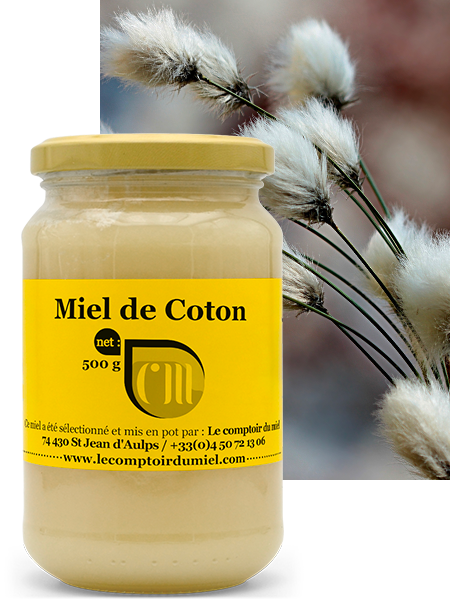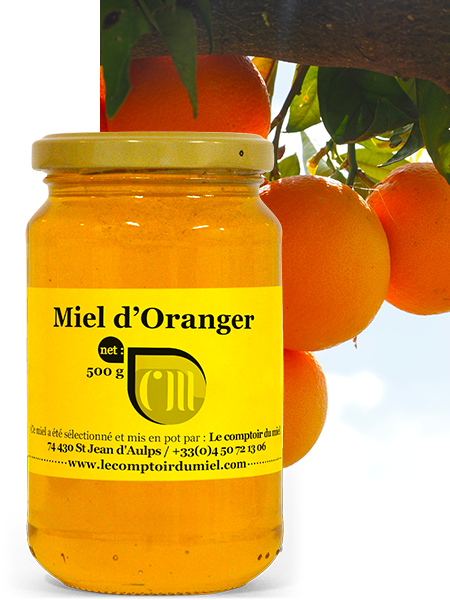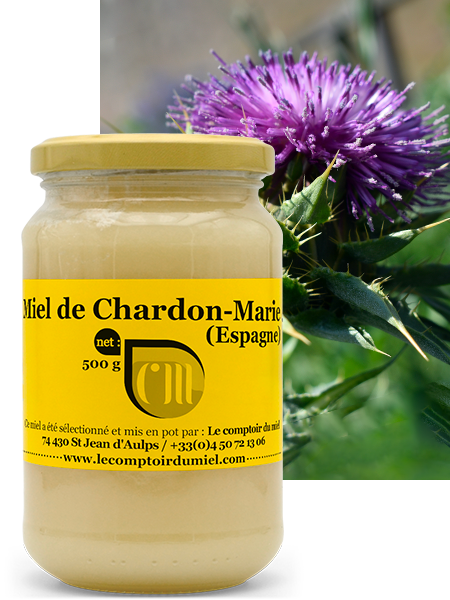Eighty percent of European cotton is produced in Greece, on these vast plains in the center of the country. In 2018, EU cotton production accounted for 1% of world production.
The flower of the cotton plant attracts bees and only offers nectar on the first day of flowering when it is white or cream. As the flower changes color, the bees move on to collect another type of nectar, which they find in the green bracts. These are the leaf-like floral parts at the base of the flower. They also find nectar secreted by the underside of the leaves. The taste of honey collected from the leaf nectaries (extra-floral) of the cotton plant differs in no way from that of honey collected from the flowers.
There are also three species of aphid that commonly feed on cotton plants: the cotton aphid, the cowpea aphid and the green peach aphid. All of which can produce honeydew:
Honeydew is generally found on trees, but also on cotton and certain other plants. The honeydew is a sweet liquid secreted by aphids after feeding on plant sap.
Cotton honey is an excellent table honey. Its mild taste makes it a good choice for use in cooking where a more subtle sweetness is desired. It goes well with hard cheeses such as Parmesan, but is also perfect with a citrus sauce, or for lemonade or tea.
The characteristics of cotton honey :
Its color is light amber. Its scent is soft and light. Its taste is reminiscent of the scent, pleasant and unctuous.
Beware: the taste of cotton honey changes according to soil type and cotton variety, which can greatly influence nectar yield.
Its aftertaste is slightly spicy. After tasting, you may notice a slight tingling in the back of the throat, like a very mild pepper.
Crystallization is fairly rapid at the fine grain level, taking about 4 weeks.
Properties of cotton honey :
For the Greeks, cotton honey is the best honey in the world! It is said to be rich in antioxidants and highly remineralizing.
Did you know?
The wild cotton plant (“perennial cotton”) lives for around ten years and can grow up to ten meters tall. One hectare of flowering cotton yields between 100 and 300 kilograms of honey. Cross-pollination by bees increases the cotton harvest by 40 to 56%.




Reviews
There are no reviews yet.